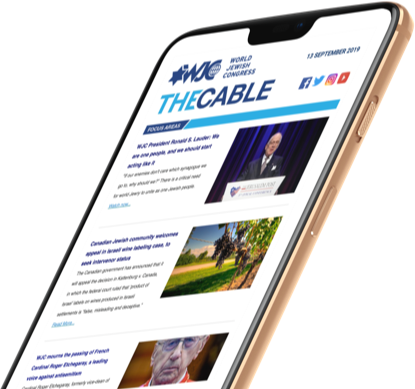In 1936, Rabbi Stephen S. Wise co-founded the World Jewish Congress (WJC), together with Nahum Goldmann and others. The World Jewish Congress, American Section, is the affiliate of the WJC in the United States, comprising key American Jewish national organizations and outstanding individuals. The American Section, in furthering the goals of the WJC, facilitates American Jewish input into the WJC’s global deliberations and encourages American Jewish efforts to fight antisemitism and racism, defend Jewish rights around the world, and advocate for Israel.
The WJC, American Section, meets regularly in New York and in Washington with American elected officials and dignitaries and with representatives of foreign governments. Activities of WJC, American Section advocacy include, among others, meetings with foreign ministers and heads of state during the UN General Assembly, meetings with members of the UN Secretariat and staff, ambassadors, American officials, outreach to interfaith leaders, and support for Israel and other Jewish communities in the public square.
Combating antisemitism is paramount—the American Section played a key role in the recent passage of the 2020 No Hate in Our State bill introduced by former Governor Andrew Cuomo of New York to strengthen support for the state police hate crimes task force. The American Section also garnered support for the Never Again Education Act, a bipartisan effort to significantly increase Holocaust education in the United States.









